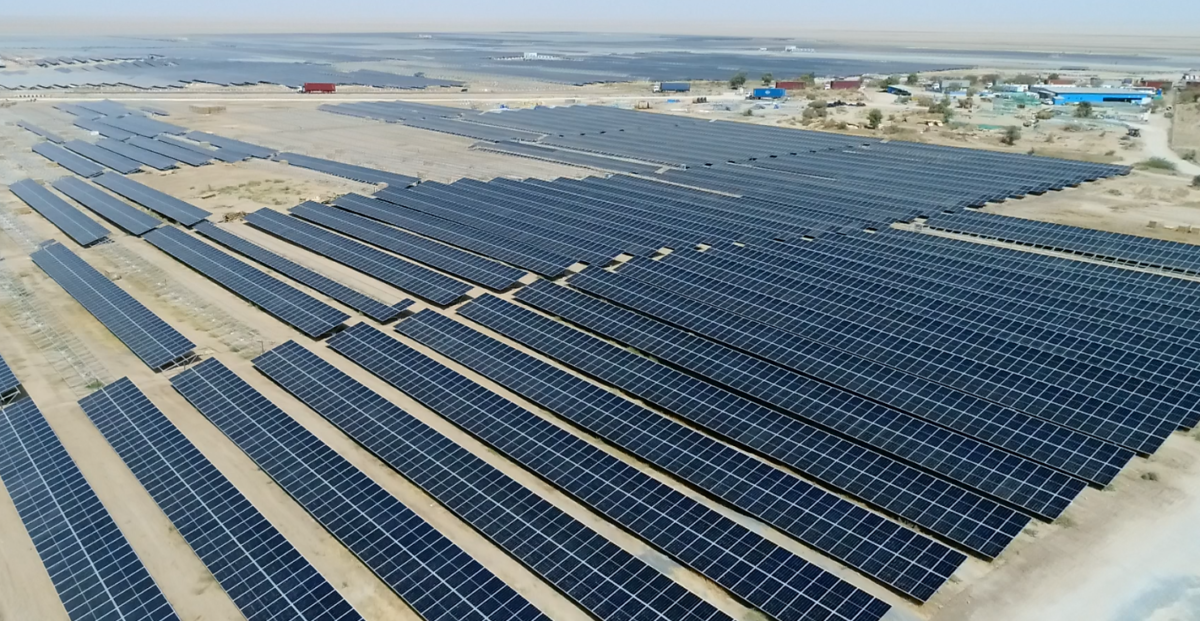A new report by Global energy think tank Ember shows India had installed 116 GW of renewable power generation capacity as of August, which is 66% of its ‘175 GW by 2022’ target.
The report highlights four states, namely, Gujarat, Telangana, Rajasthan, and Karnataka, have already surpassed their year-end renewable capacity targets. And 61% of the 58-59 GW shortfall in the 175 GW target is due to four states significantly lagging behind their targets. These include Maharashtra (11.1 GW), Uttar Pradesh (9.7 GW), Andhra Pradesh (9.2 GW), and Madhya Pradesh (6.5 GW).
The analysis shows India installed 11.1 GW of renewables capacity from January to August, with solar experiencing strong growth. The nation installed 9.8 GW of solar between January and August, up 22% year-on-year.
“India’s solar rush earlier this year shows how quickly change can come. It has even led to a record RE capacity addition of 3.5 GW in March this year. For India to achieve its ambitious 2030 RE and non-fossil capacity targets, the country needs to hit this all-time record set in March consistently,” said Ember’s senior electricity policy analyst, Aditya Lolla.
This content is protected by copyright and may not be reused. If you want to cooperate with us and would like to reuse some of our content, please contact: editors@pv-magazine.com.









By submitting this form you agree to pv magazine using your data for the purposes of publishing your comment.
Your personal data will only be disclosed or otherwise transmitted to third parties for the purposes of spam filtering or if this is necessary for technical maintenance of the website. Any other transfer to third parties will not take place unless this is justified on the basis of applicable data protection regulations or if pv magazine is legally obliged to do so.
You may revoke this consent at any time with effect for the future, in which case your personal data will be deleted immediately. Otherwise, your data will be deleted if pv magazine has processed your request or the purpose of data storage is fulfilled.
Further information on data privacy can be found in our Data Protection Policy.